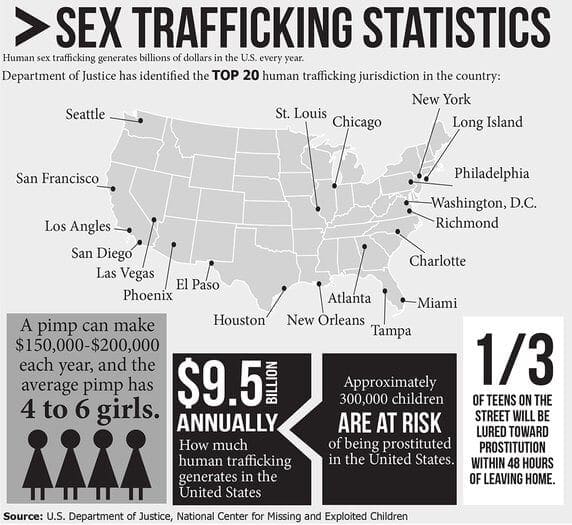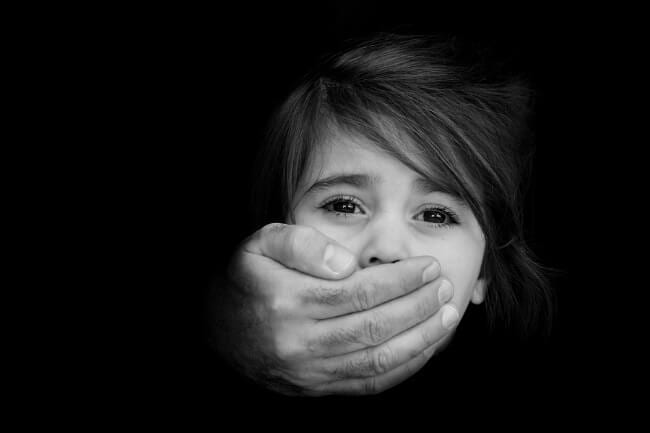What should every parent know about sex trafficking? You need to know it is a reality. Sex trafficking is a reality in our states, in our cities and in our neighborhoods. Yep, neighborhoods. Typically, when one thinks about sex trafficking, they tend to conjure up images of Asian Brothels or the wrong-side-of-the-track-kid that was begging for trouble. If that is you, you are at least half right. But here are four concrete facts every parent needs to know about sex trafficking.
- Sex trafficking is not reserved for the third world or the disadvantaged inner-city kid.
- Sex trafficking does not discriminate or target race, gender or age specifically.
- Sex trafficking, or more accurately, sex traffickers i.e. Pimps, target vulnerability and every child has vulnerabilities.
- Sex trafficking is best fought through educating yourself and your child on how not to be recruited into it.
Now that we have your attention, letʼs start from the beginning. Sex trafficking is defined as: “the use of force or fraud or coercion to control a person in the sex industry for financial gain, OR anyone under the age of 18 in the sex industry.”
To be clear, “Sex Industry” is an umbrella term that covers literal street prostitution, to stripping, pornography, or even sex acts in exchange for food and shelter. You may be thinking, “My kid is far too young to even know about these things, let alone be lured into them.”
Sadly, the average age of entry into ʻprostitutionʼ in the U.S. is 12-14 for females and 11-13 for males!
(Let’s pause here. How many of you have 11-14 year-olds, or have kids who will be those ages within a couple of years?)
Sex trafficking is organized crime with a universal organizational structure based on successful business models. Yep – it’s big business. It is not a respecter of age, law or moral judgment. Often appearing as “voluntary” prostitution, it is typically observed by the culture as a choice. Moreover, the “choice” is made by people who come from a bad home life, lack a moral compass, and/or are economically disadvantaged. While there are certainly pieces of truth in some of these assumptions, recent research indicates sex trafficking is a public safety issue for every child in our country; somewhat along the lines of seatbelt safety and stranger danger.
While the odds of a child being recruited into the sex industry are small, nationally at least 150,000 U.S. born children are recruited every year. Most parents are and should be uneasy with the odds. In some states like Ohio, a child between the age of 10-18 is four times more likely to be sold for sex than be abducted by a stranger or die in a motor vehicle accident combined. Most parents discuss seat belt safety and stranger danger with their children, and yet how many discuss the red flags of sex trafficking recruitment with their children? Not enough.
A family’s economic status often has little to do with a traffickers decision to recruit a child. In fact, 8 out of 10 females victims in the Dayton, Ohio area came from middle class or higher homes. The specificity of target victims is generally determined by three primary factors: vulnerability, local demand and risk/cost to traffickers.
Vulnerabilities are as unique to each child as the methods used to exploit them. For instance, runaways are especially vulnerable when they hit the streets. They need a place to live and food to eat. Those needs are easily and economically met by a trafficker. However, what about a group of teen girls hanging out at the mall or library? These are common recruitment locations. While their vulnerability may not be entirely self-evident, an experienced recruiter can engage in conversation and know within a few short minutes who among the group’s youth are most vulnerable to force or fraud or coercion.



